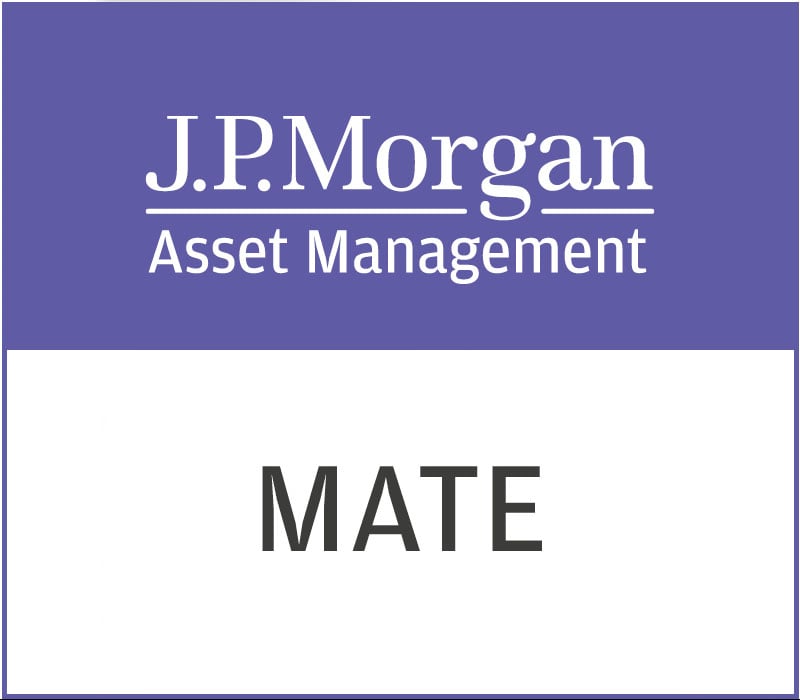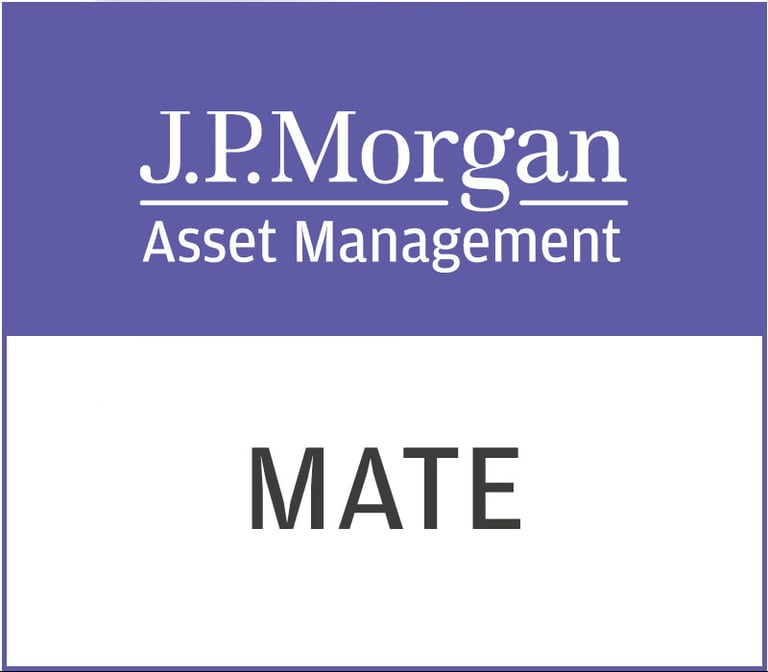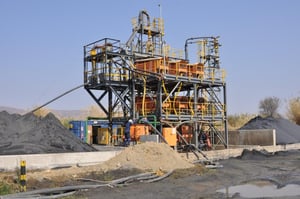JPMorgan Multi-Asset Growth and Income plc (LON:MATE) is the topic of conversation when QuotedData Founder and Head of Investment Company Research James Carthew caught up with DirectorsTalk for an exclusive interview.
JPMorgan Multi-Asset Growth and Income combines sustainable income and capital growth from globally diversified investments. To tell us more about the company and this exciting investment opportunity, I’m joined by QuotedData founder and Head of Investment Company Research, James Carthew.
Q1: James, can you explain what multi-asset investing is and its attractions?
A1: The main concept is to try and maximise the diversification of your portfolio for a single one-stop shop product.
So, whereas most funds that you see in the market invest in equities, JP Morgan’s MATE invests in equities that are both in developed markets and emerging markets but also bonds. It invests in government bonds, debt issued by companies that’s both investment grade and some of the more high yield where it makes sense to have an asset manager working to choose the best credits. It also invests in alternative asset classes, things like infrastructure too.
So, by spreading the assets across a broad spread of different asset classes, you actually achieve a better optimised result, that’s the idea.
Each asset class doesn’t behave the same way as the others so actually what you find is if you pick something like developed market equities against emerging market bonds, the correlation of the two is relatively low. This means that when developed market equities go up, the emerging market bonds might not, and vice versa. When one goes down, the other one may not go down too. If you get a mix of assets, it gives you a much smoother ride.
The idea of JPMorgan’s MATE is that you get a fund that gives you decent returns but about two thirds of the volatility of a typical equity market product.
Q2: What makes MATE’s new dividend target unique?
A2: They started off with a relatively high dividend anyway so from launch, they were to pay 4% as an income but they weren’t in the end able to grow that and that was because of what they were investing in.
So, what the Board did three years after the launch, it took stock and decided we need to look at this and see if we can tweak the system and try and achieve a better result. What they did is they said, from now on the manager doesn’t have to generate the revenue to pay the dividend, what we can do is pay some of the capital return out as dividend if we need to.
So, that gives the manager more freedom to buy higher growth but lower yielding investment and that’s hopefully going to improve the total return, i.e. income plus capital return of the whole product. That’s the reason, that’s the main thing they did earlier this year is to change that.
What they started off by saying we’re going to pay a dividend of 4p on an asset value share price, it’s about £1 so still about 4% but going forward, we’re going to at least increase this each year by the rate of inflation that’s measured by the CPI Index.
So, that means you’ve got inflation-protected high income for the future that isn’t going to be jeopardized by a fall in dividend income, the thing that we had last year. Whereas many funds had to cover dividends last year, this fund wouldn’t have had to do that so if there was another situation like that again, this fund should be able to sail straight through and pay you its inflation-protected income.
Q3: What can you tell us about the change in its portfolio since the revised dividend target was adopted?
A3: As I explained earlier, because JPMorgan Multi-Asset Growth and Income no longer have to generate the revenue to pay the dividend, they’ve been able to invest in lower yielding investments so they’ve introduced a whole bunch of these.
The first ones they did was to invest in domestic Chinese stocks. These are quite exciting, fast-growing companies but many of them don’t pay a dividend at all. They’ve got quite got expertise in this area so all of the JPMorgan MATE fund is invested with JPMorgan internal managers, apart from external things like the infrastructure portfolio. So, in China, they’ve put together a portfolio of what’s called China-A shares – shares of mainland China-based companies that trade on the two Chinese stock exchanges. That should give them decent growth in the future.
In the short term, we’ve actually seen a bit of a pull-back in the Chinese market and that’s enabled them to top up their position at cheaper prices. This is a long-term product, they’re looking for things that are going to generate returns of about 6% per annum on average over the medium term, or at least five years.
Another thing they bought more of, after the change, was European smaller companies so again, faster growth companies but lower yielding ones.
They’ve also bought a portfolio of convertibles, these are bonds that convert into equities and they have some of the characteristics of equities and some of the characteristics of bonds. It’s quite an interesting market and again, you need a good manager to pick and choose which ones to invest in. Again, they come with slightly lower yields than a normal bond would, so this typically yields a bit more growth but maybe less income.
They are able to now buy lower yielding stocks, so instead of just buying the typical boring income stock, if you like, they can invest in high growth companies.




































